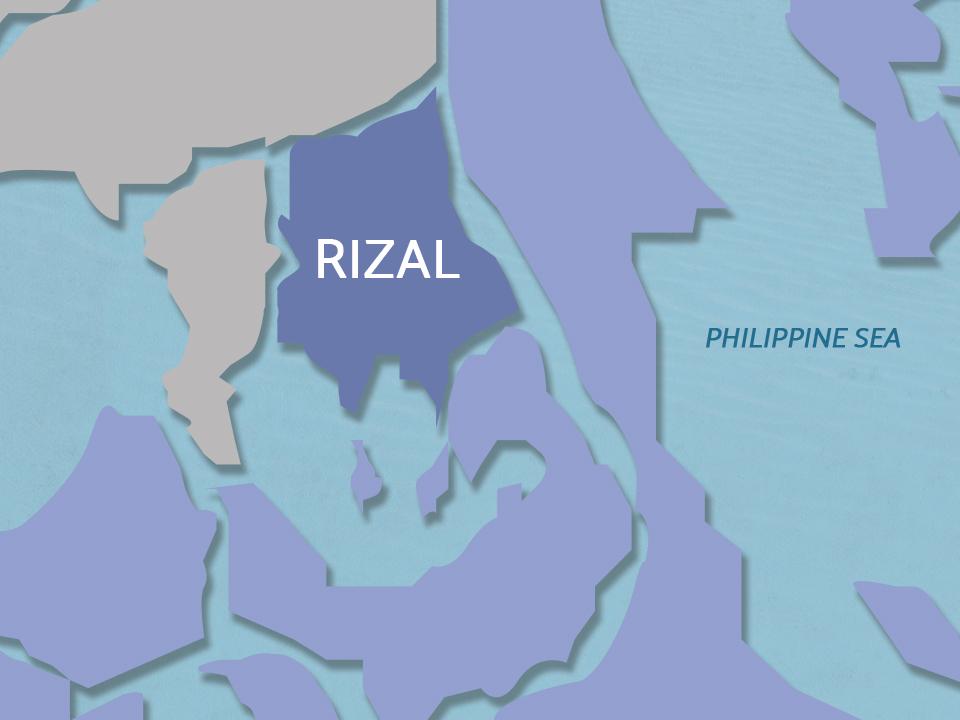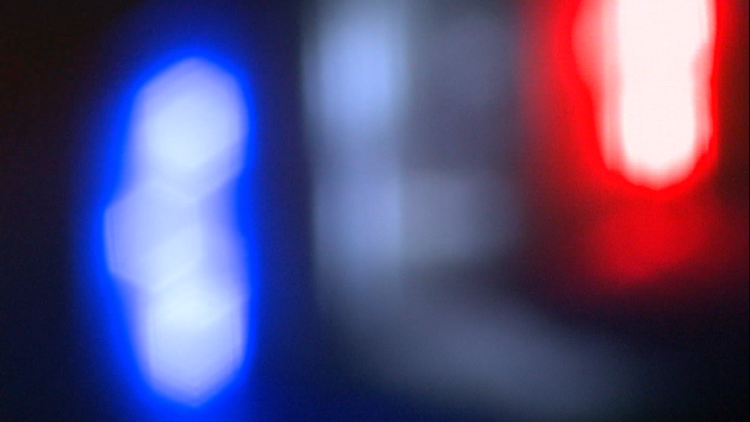For this week, The Korea Herald offers three spots — a traditional bojagi exhibition, a beloved student malatang joint and a scenic cafe — to enjoy simple pleasures in different forms. Rethinking textiles “Bojagi, Embracing Daily Life” is the kind of exhibition sparking contemplation on everyday household items, namely the traditional Korean wrapping cloth known as “bojagi.” The exhibition at the Seoul Museum of Craft Art looks through 98 pieces, brought together by the late Huh Dong-hwa, a Korean collector who dedicated his life to assembling an eclectic textile collection spanning some 5,000 items, which include bojagi and embroidery.
The collection from Huh, who gifted them to the museum in May 2018 before passing away the same month, helps rethink textiles, a medium that is both functional and expressive. The section on “jogakbo,” a type of bojagi made of leftover fabric scraps, demonstrates color balance at its peak that supports the view that sewing is an art rather than a craft. The traditional Korean overcoat, “durumagi,” stitched together with jogakbo is one example of thread work that could be mistaken for artwork, owing to its bold colors.

Also on display is embroidered bojagi, or “jasu bojagi,” made of cotton or silk with patterns and symbols like birds and trees, representing the beauty of nature and life, a guide explained. Wide applications of bojagi to household items like a box for valuables and “norigae,” or decorative pendants, shed light on what life looked like in the 19th and 20th centuries, the period most items at the exhibit come from. The free exhibition runs throughout the year every day from 10 a.
m. to 6 p.m.
, except Mondays. Time-tested malatang Nothing beats a time-tested local favorite. Located near Hanyang University, the restaurant Maku has been a favorite among students for nearly a decade, known for its bold, spicy flavors and budget-friendly prices.
The restaurant specializes in "malatang," a spicy, Sichuan-style soup made with mala sauce, as well as mala xiang guo, which literally translates as "spicy stir-fry hot pot." The restaurant also presents a lineup of stir-fried noodles, rice dishes and guo bao rou, crispy sweet-and-sour pork, which are commonly eaten alongside malatang. Maku’s student-friendly pricing keeps it accessible, with stir-fried dishes typically costing 6,000 or 7,000 won.
Malatang prices start at 6,000 won, with additional charges for added ingredients. Despite its tiny dining space, Maku draws a loyal crowd. Expect to see lines forming out the door during peak hours.
While online reservations are not accepted, would-be epicures can join a digital waitlist on site to be notified when a table is ready. Maku is open daily from 11 a.m.
to 10 p.m., with a break between 3:30 p.
m. and 5 p.m.
A brew with a view While delicious coffee and desserts are often the main reasons people choose a cafe, sometimes it is just all about the view. Located on the west side of Seoul near Hapjeong Station, Cafe Blurr offers it all: great coffee, tasty desserts and a breathtaking view that opens up the sky. Just a 10-minute walk from Hapjeong Station — served by Seoul Subway Line Nos.
2 and 6 — this cafe occupies the fourth and fifth floors of a building well known for its panoramic windows with views of the Han River and National Assembly. Through the front windows, you can see the river, the skyline of Yeouido beyond and the iconic National Assembly. In contrast, the rear windows overlook the densely packed urban scenery of the Hapjeong area.
The rooftop space on the fifth floor is styled like a cozy campsite, complete with a heater and camping chairs — and it is pet-friendly. Cafe Blurr’s signature items include caneles and scones in a variety of flavors such as matcha, caramel, kaya jam and Earl Grey. In addition to a wide selection of coffee options, the menu also features bottled beer, tea and ade.
A 10-piece canele gift box option is also available for purchase. Cafe Blurr is open daily from 1 p.m.
to 11 p.m..
Top

[Well-curated] Bojagi, budget bites, rooftop brews

For this week, The Korea Herald offers three spots — a traditional bojagi exhibition, a beloved student malatang joint and a scenic cafe — to enjoy simple pleasures in different forms. “Bojagi, Embracing Daily Life” is the kind of exhibition sparking contemplation on everyday household items, namely the traditional Korean wrapping cloth known as “bojagi.” The exhibition at the Seoul Museum of Craft Art looks through 98 pieces, brought together by the late Huh Dong-hwa, a Korean collector who ded











